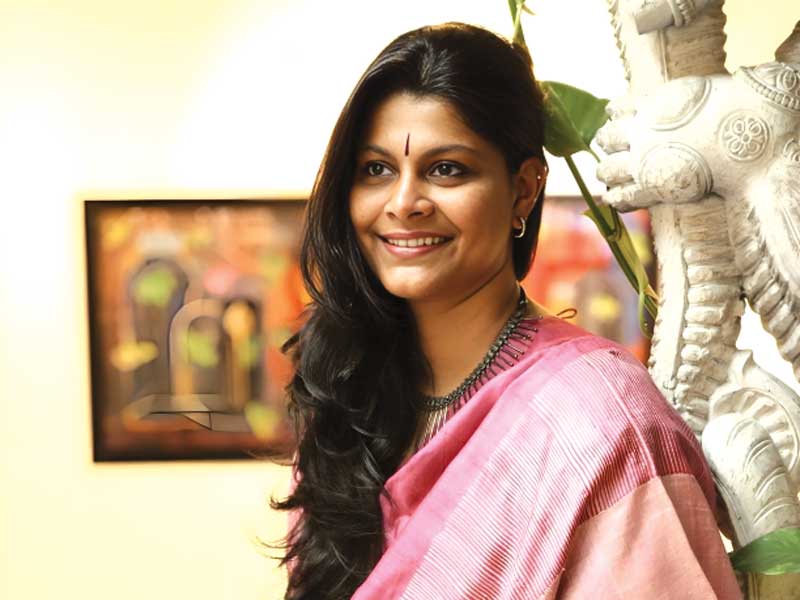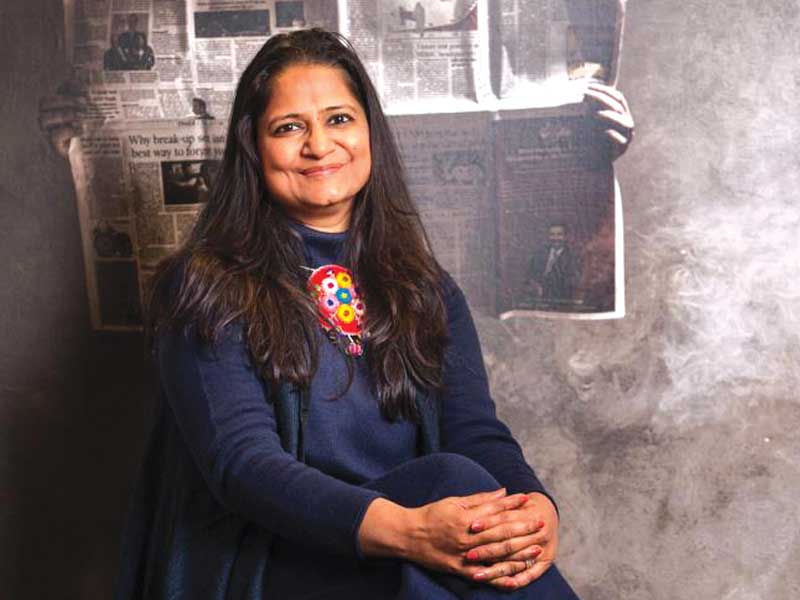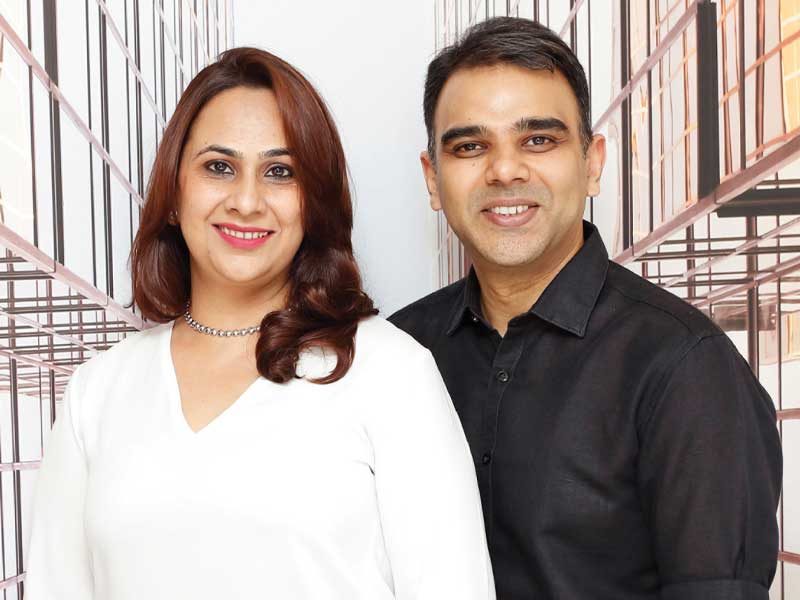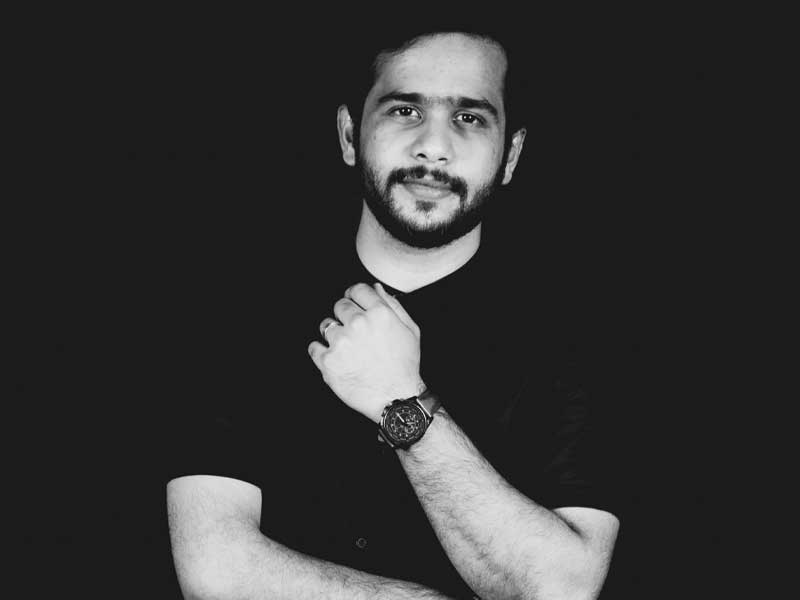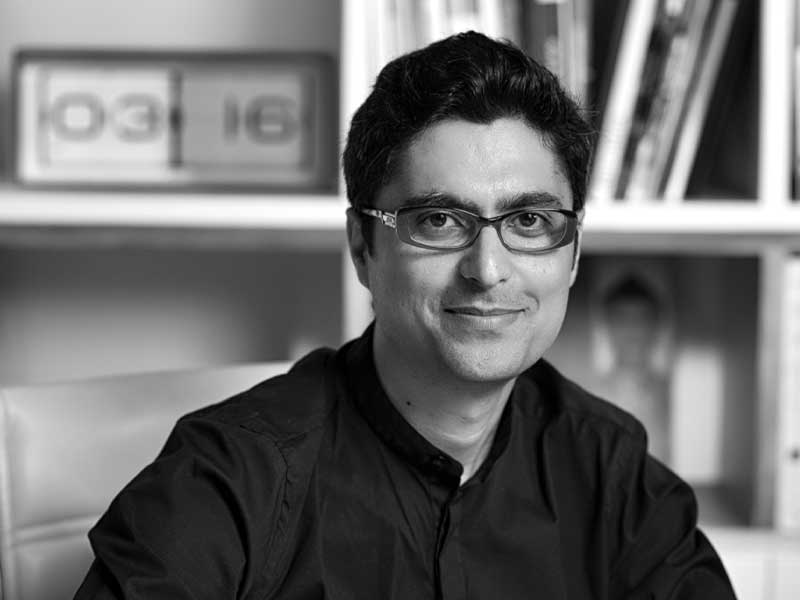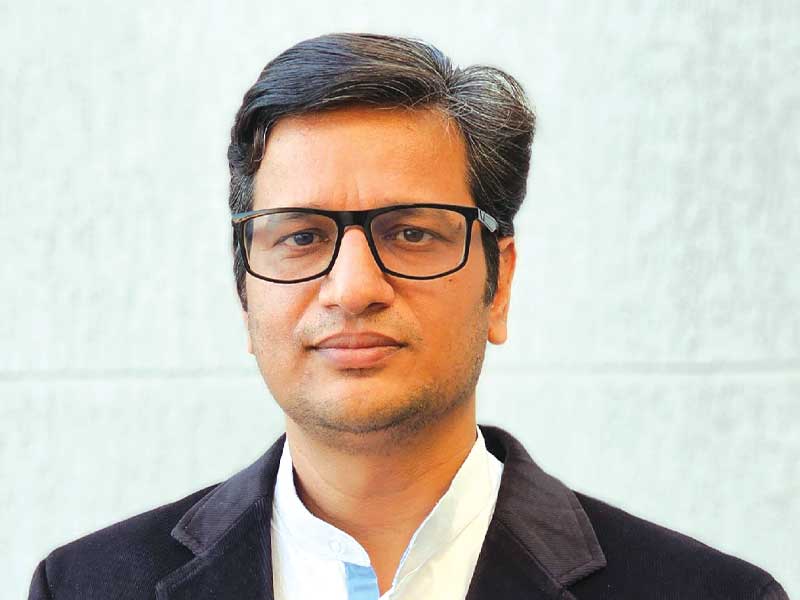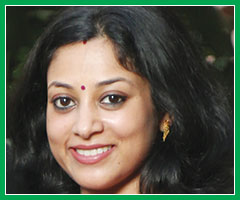
Some excerpts from two chapters of the book:
In Pursuit of Nirvana: Christopher Benninger
Architecture in India
Apurva Bose Dutta (ABD): Are there any revelations of Indian architecture that are noteworthy and have caught everyone's attention?
Christopher Charles Benninger (CCB): I feel Indian architects have recently come to grips with the fact that there has been a gap in our history. There have been lost periods during the early invasions, colonial times, after Independence, and now with globalization. These times saw traumatic disruptions in our cultural continuity. Suddenly, India finds that it is the oldest civilization in the world, and simultaneously, the newest society. We have had to reinvent ourselves suddenly. But this loss has been a long process, and rediscovery is a long and continuous process. In fact, all societies need renewal and self-discovery. In that sense, we are path-setters.
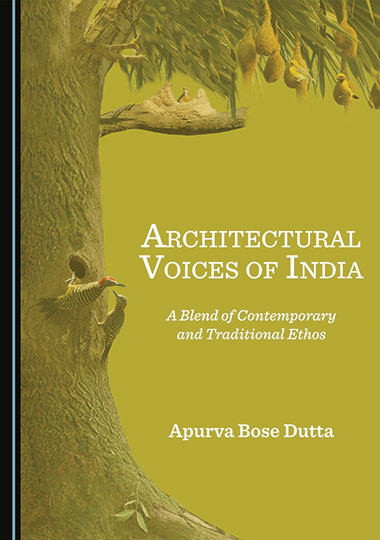
Architectural Education: In Need of an Overhaul?
ABD:Your contribution to education has been immense-from establishing prestigious institutions, to being on the board of governors of several, to designing world-class campuses. What do you feel is missing in architectural education today?
CCB: What is missing in architecture, as a whole, is a grounding in the fundamental problems of urbanization and objective reality. There are no courses in the social sciences imparting a knowledge of and promoting sensitivity towards the Indian people and the real stresses they are under. We are not addressing the crises of the urban masses who have no hygienic and humane shelter. Our educational practices are deepening this gap.
Flash Forward
ABD: There are lots of intentions that can be realized through architecture. How do you want your practice to make a difference to Indian architecture in the coming years?
CCB: I feel that architecture remains the "mother art", and that it allows humanity to have a direct interaction with culture and what we call civilization. Architecture, in the larger sense of space-making, urban ordering and logical planning, is what brings people together to employ logical and rational decision-making as democratic groups. This is the essence of civilization. This is how societies have matured and evolved into higher and higher states of existence. One of our intentions must be to create public spaces that attract people to come together for peaceful, intellectual dialogues.
Another intention must be to create beauty in the putative sense; create a sense of wonder and a realization that human beings are evolved, logical, magical, rational and poetic creatures. If one visits Madurai and other Chola temples, one realizes that mankind has an intelligence and a degree of magnanimity that is a gift beyond the natural world. One realizes that people or humanity is special. At such times of realization, people experience existential moments of ecstasy, and know it is great to be alive, to be a human being and to work for other human beings. This is called being civilized.
Spiritual and Progressive: Kamal Malik
Of Inspirations, Ideologies and Determination
ABD:Your approach to architecture is scientific, spiritual, philosophical and ecologically oriented. Your design concepts are known to be strongly influenced by yogic ideologies and your early years in the Himalayas. Please elaborate on this inspiration and approach to design.
Kamal Malik (KM): My childhood in the pristine environment of the Himalayas, my wonderment at the miracle that is nature, and my introduction to the books and teachings of Paramahansa Yogananda had an indelible impact on my life and my thoughts. The deep connection that I have with nature was made possible because of this spiritual master.
I realized early that the frontiers of finite knowledge are reached very quickly, and then begins the journey of understanding and incorporating the intuitive and the infinite. This inner journey of self-realization culminates in the attainment of sanyama or balance-total inner silence, the absence of duality. It is beyond all theories and concepts and what we call conventional knowledge. Embarking on this journey leads to an inevitable re-analysis of one's beliefs. This creates a sense of detachment-not to be confused with insentience or apathy, but rather, the separation of the observer, the witness.
There is a possibility that this inner journey will influence what we do. I have tried in my own way to bring that sense of silence, serenity and even joy (that is, my experience of this thought process) into the realm of the people whose habitat I am designing.
We are blessed to be born on hallowed soil with tremendous depth of philosophy and thought. Marrying this spiritual foundation with a robust assessment and incorporation of essential design elements, such as climate, environment, social factors, function, local building materials and techniques, sustainability and ecological sensitivity, results in architecture that is dynamic, transformative, yet contextual to the region that it has evolved from.
Architectural Education: In Need of an Overhaul?
ABD:How would you describe the present status of architectural education of India?
KM: Poor, miserable and thoroughly inadequate is what comes to mind when I think of architectural education in India today. The curriculum is fixed, fossilized and anachronistic, and only serves to stunt creativity of any kind. During my school and college years, educational content, as well as the vehicles for disseminating this content, were wonderful: it was natural, afforded more latitude of thought and expression, and was not stressful. It was also much less myopic; we were learning so many diverse things. At SPA, we had faculty from all fields-IIT professors, famous doctors, artists. Our learning was experiential and tactile, as well as didactic.
Architecture in Changing Times
ABD: Your works have been characterized by a fascination with local materials, local crafts and sustainability. If you compare the present to the past, how different is the interpretation of the concept of sustainability in architecture?
KM: Sustainability as a concept incorporates a lot of common sense. Let me give you the simple example of our ancestors: they used to cut trees, make their houses out of bamboo and thatch, and burn the wood in their houses to prepare meals. They built courts to allow the sun to penetrate, kept smaller fenestrations on the south-west side and made more windows on the northern side. The materials they used were the ones available to them-clay, laterite; they couldn't travel 500 miles to go to a cement plant. These are basic things, and this is absolute sustainability.
I can, however, count on my fingertips the number of people who can understand and appreciate Laurie Baker's works today. Centuries of spiritual and empirical knowledge documented by our ancestors languishes, while superficial ratings such as LEED have taken centre stage in the discussion on sustainability. Most of the LEED projects today are, in my opinion, inadequate because they lack a common-sense approach to the subject.
Note: 'Architectural Voices of India' is published by Cambridge Scholars Publishing, UK. More information on the book is available on www.apurvabose.com/book/; the author can be reached at www.apurvabose.com.
